Over the years, there have been a number of strange and audacious projects to send shiny objects into space, designed to remain visible from Earth like the International Space Station but on a much grander scale (and with more commercial motivations).
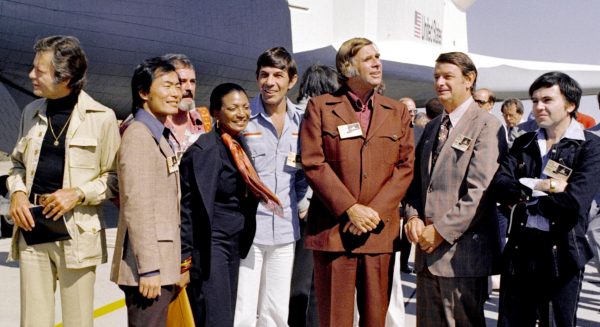
In the 1980s, the Celestis Corporation began launching human cremains into orbit, including the ashes of 1970s counter-cultural icon Timothy Leary and later those of Star Trek creator Gene Roddenberry. The company’s original plans (subsequently scrapped) called for brightly reflective orbital urns that people could look up and see.
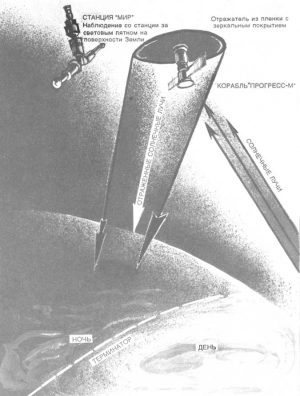
In the 1990s, the Russian Federal Space Agency launched a prototype orbital solar mirror into space. Their aim was to use the technology to illuminate oft-darkened lands in northern polar regions of the country. If the test was successful, subsequent mirrors would be launched to extend daylight hours for workers in places like Siberia. These would provide light and even heat for nighttime agricultural and mining operations. They could also serve as emergency illumination for disaster relief efforts and perhaps even replace city street lights. The first prototype did flash briefly across the night sky, but not with the intended degree of terrestrial illumination. The technology was later abandoned, in part due to global concerns over secondary light pollution effects.
Advertising Space
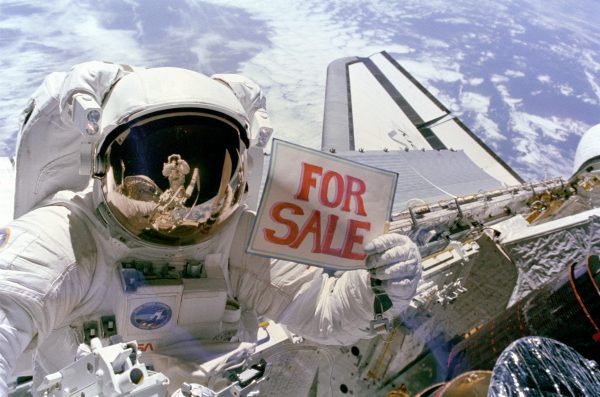
Then in 1993, American company Space Marketing proposed a space billboard that would be launched into orbit and be highly visible from the Earth’s surface. Spanning a square kilometer and made of flexible and reflective polyester, the advertisement would appear to observers below to be around the same size and brightness as the moon.

The proposal faced some practical problems as well as public criticism. For starters, the billboard would be impacted by space debris at an estimated rate of 10,000 times per day. Durability and feasibility issues aside, no one would be able to turn off or tune out such an ad as they could with other forms of marketing. At its size, the giant advertisement could also not be targeted to any one country – it would inevitably be visible across national borders. Beyond that, such an obtrusive display would obstruct professional astronomers and amateur sky watchers looking up to see the planets and stars.

In response to the looming threat of a giant space billboard, United States Congressman Ed Markey introduced a bill to ban space ads (later amended to allow unobtrusive sponsorships like logos on astronaut outfits or spatial pizza deliveries). Since the early 2000s, the Federal Aviation Administration (FAA) has been in charge of enforcing this law.
Still, some companies have persisted in trying to put huge ads in space. It is not clear whether organizations like Moon Publicity, which wants to use robots to draw logos on the lunar surface, will find some loophole with which to circumvent this ban or if new legislation will be needed.
Dark Matters
The United States government is far from alone in its aims to keep night skies free from visual pollution, be it ads or skyglow. The non-profit International Dark-Sky Association is also on a mission “to preserve and protect the nighttime environment and our heritage of dark skies through quality outdoor lighting,” which the organization and its supporters pursue through a variety of programs and initiatives.
Dark-sky efforts have resulted in the creation of dark sky parks and reserves around the world; in most cases, these are government-regulated areas intentionally devoid of artificial night lighting. There are also dark-sky communities with special external light fixtures designed not to cast light upwards as well as regulations on their hours of use.
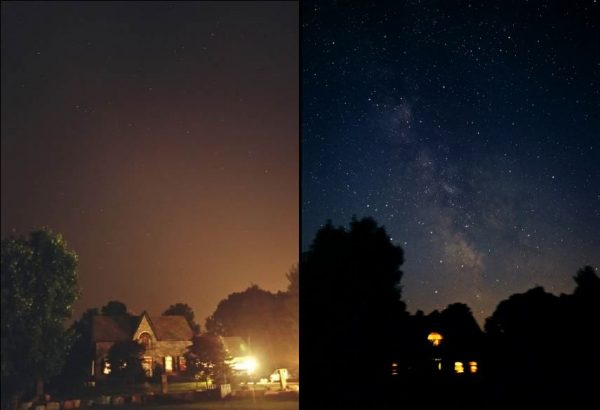
A full third of humanity is unable to see the Milky Way at night, except in rare cases like a massive regional power outage. In 2003, tens of millions of residents in Eastern Canada and the Northeastern United States could suddenly see a clear night sky, some for the first time.
Aside from the benefits to astronomers and other sky watchers, there are serious reasons for the rest of us Earthlings to minimize skyglow.
Light pollution causes all kinds of problems for humans and other species across the planet. For people, skyglow has been linked to sleep disruptions, attention disorders, hypertension, diabetes and even cancer. For animals, skyglow has been shown or suspected to disrupt sea turtle navigation, bird flight patterns and firefly mating habits.
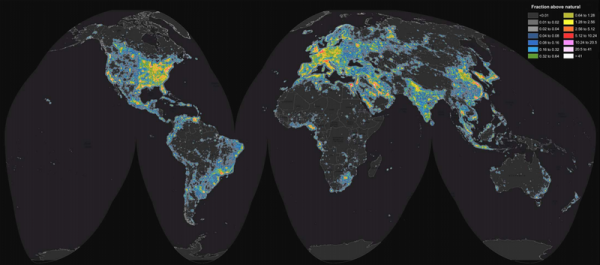
Billions of dollars are spent annually in the United States alone on electricity used to power unnecessary or excessive street lighting. On the flip side, dark-sky areas around the country, fewer and farther between, gain economic benefits from attracting tourists.

Around the world, cities are beginning to take action to raise awareness around and reduce light pollution, implementing a variety of educational, legal and design solutions. In 2006, the city of Reykjavik, Iceland, turned off its lights for half and hour (and encouraged residents to do the same); during the intentional outage, an astronomer spoke to listeners about stars and planets on a national radio broadcast. France recently passed a law limiting storefront lighting at night. In Los Angeles, a switch from conventional to LED street lighting has noticeably darkened the night sky over the city. Technologies are also being developed to turn street lights down or off when there is no one around (or back up on demand).
There are great reasons to celebrate the invention of street lighting, which helps us navigate and feel safe on city streets at night. At the same time, though, research has shown that 80% of the world (and more than 99% of populations in the United States and Europe) live under light-polluted skies, a fact that has real health consequences. Clearly, there is a balance to be struck between enjoying the beauty and the benefits of both bright cities and dark skies.
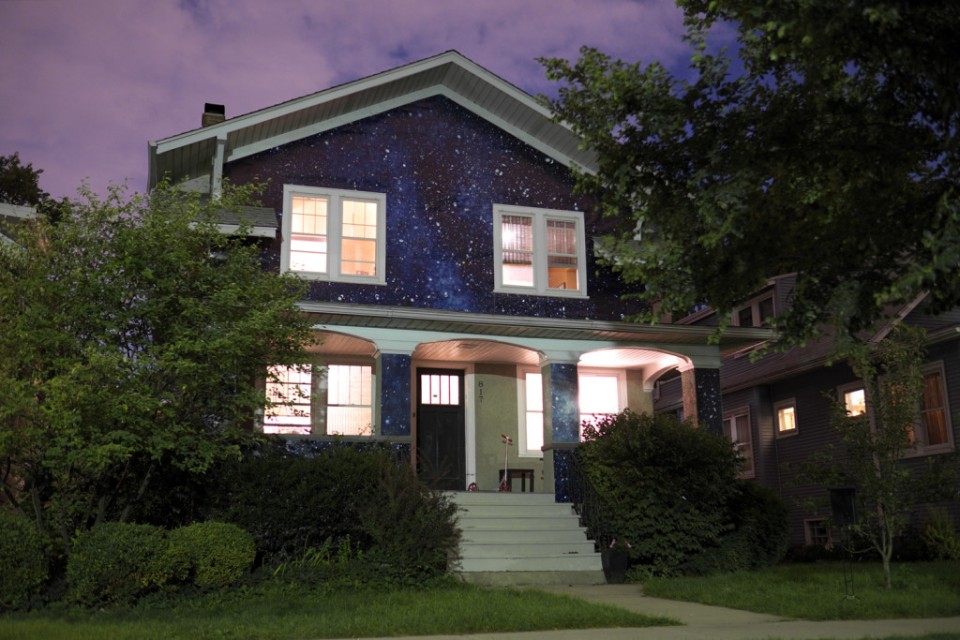



Leave a Comment
Share